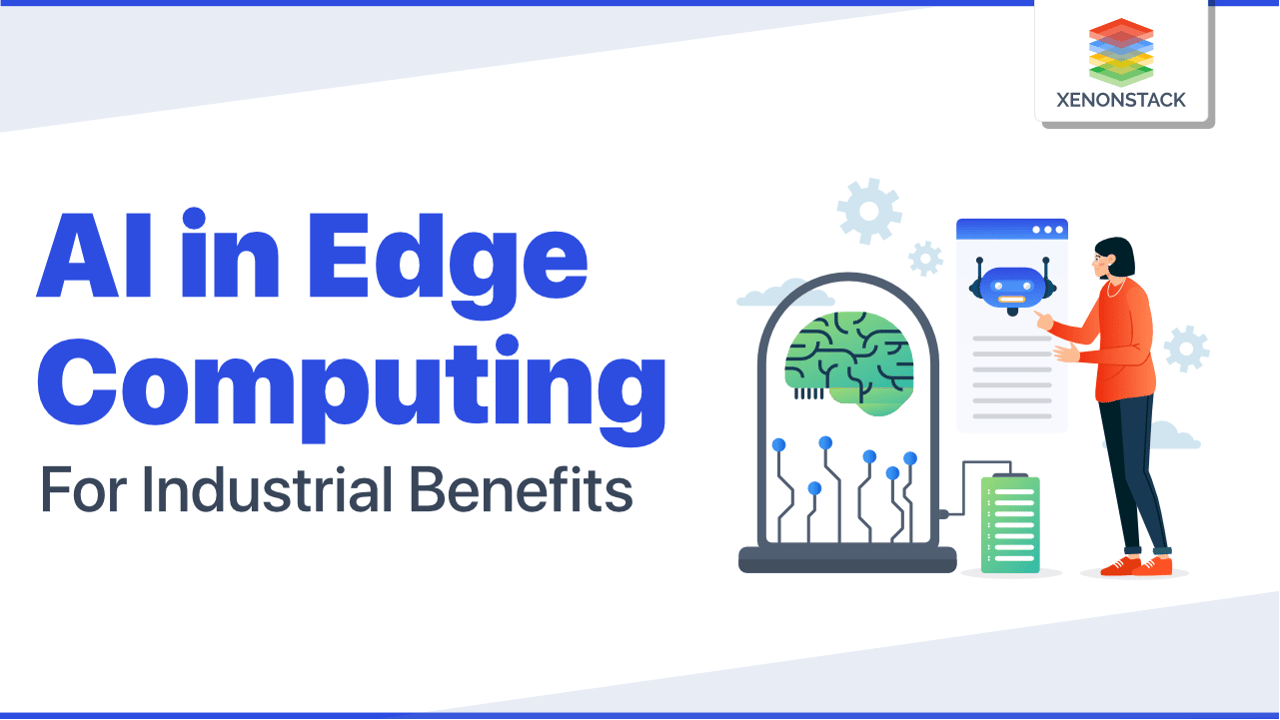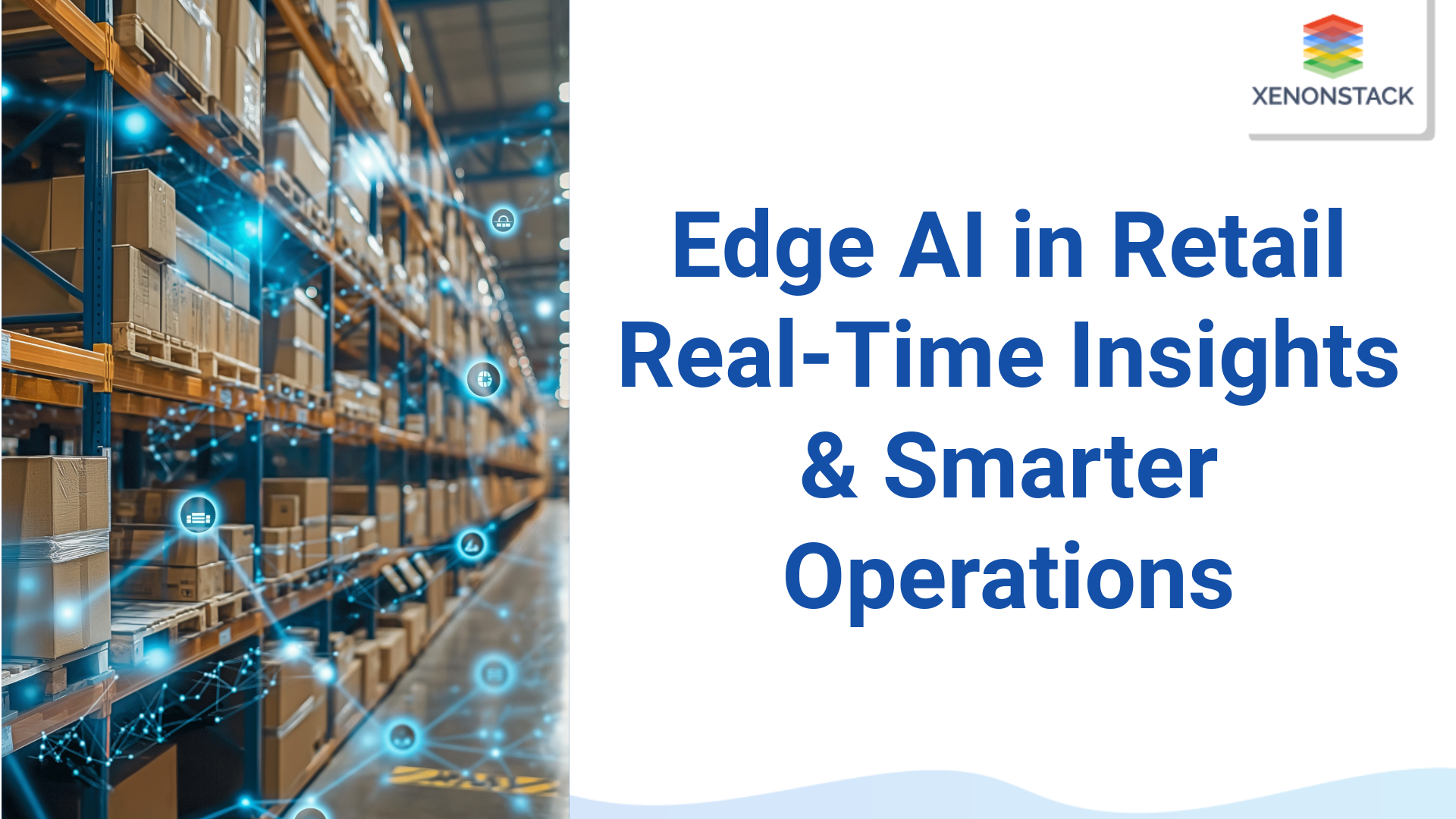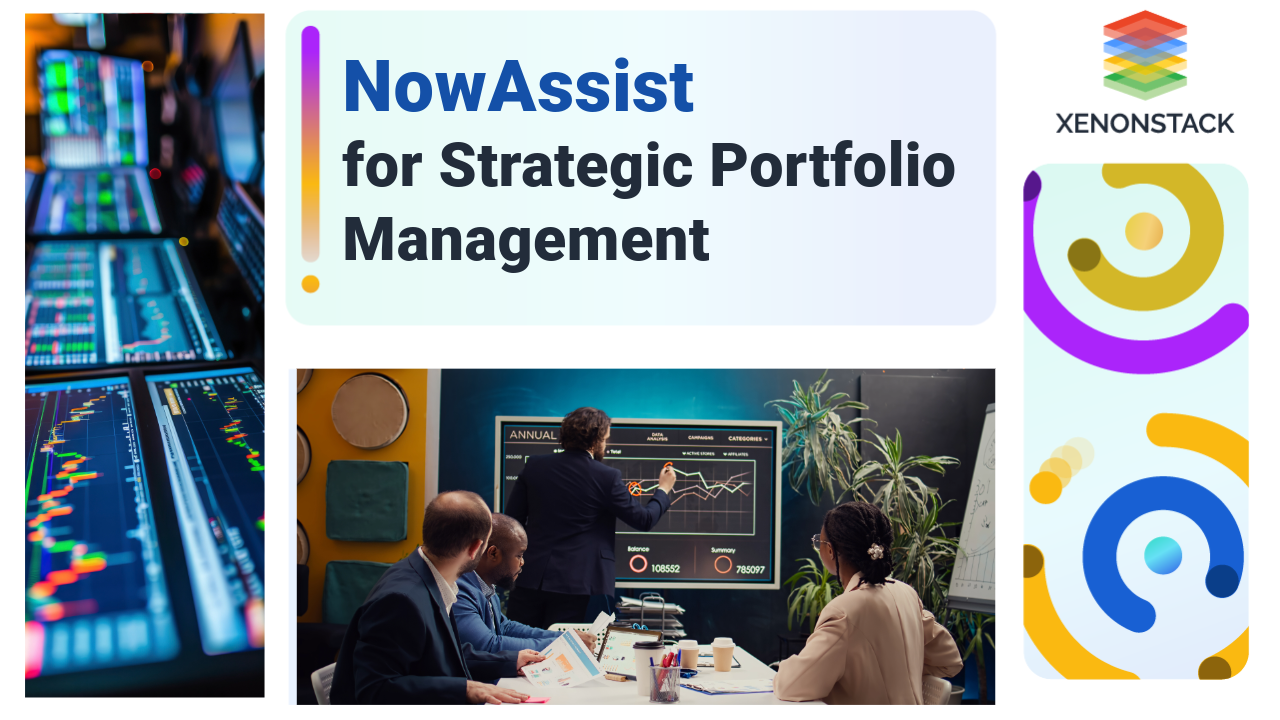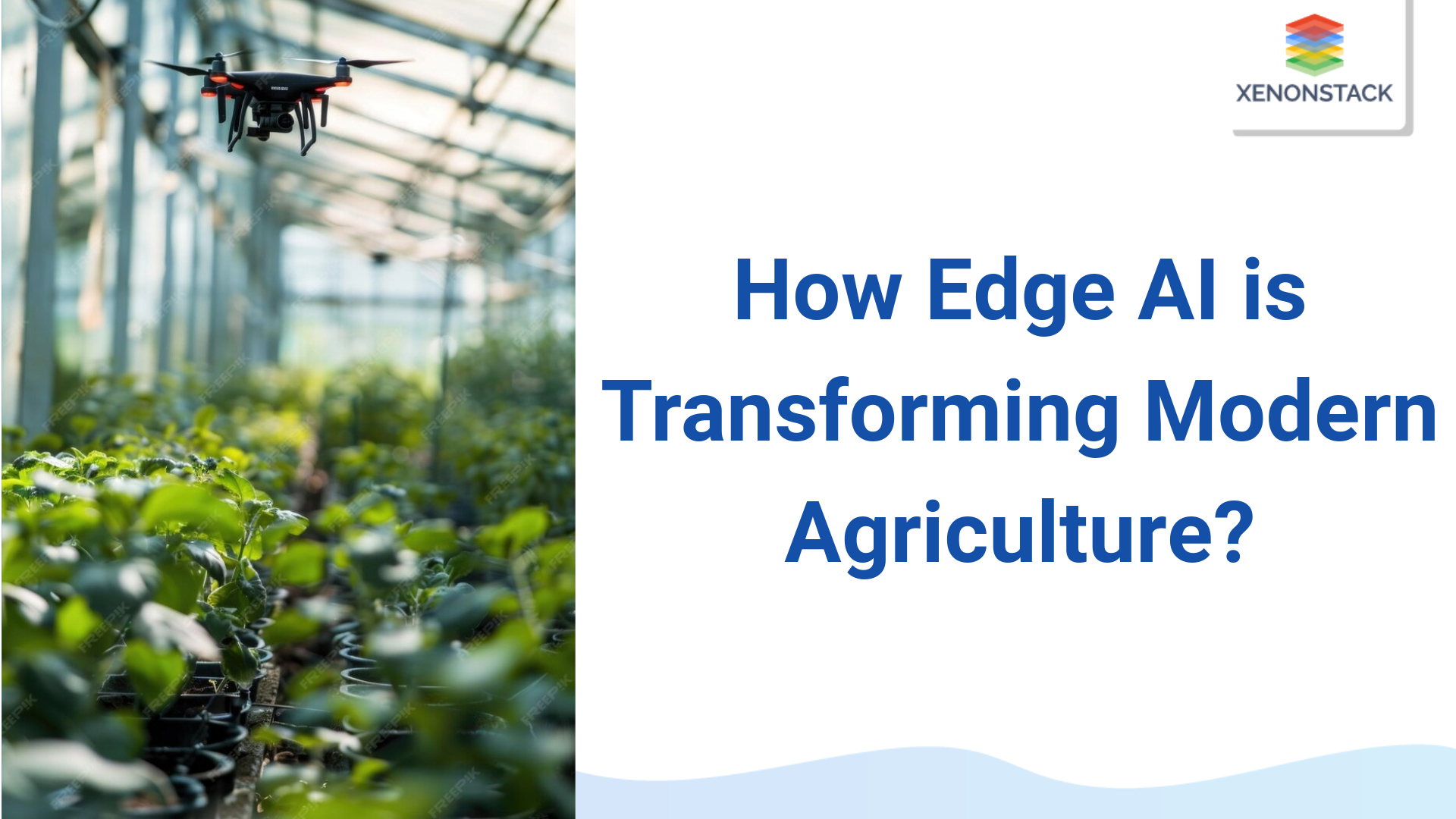
Overview of AI in Edge Computing
The Cloud infrastructure has surprisingly changed technology. The platforms like AWS have enabled the AI world for better computing and better storage. It is another side of AI where the calculations happen on-premises or nearest devices such as IOT. Even though the cloud platforms have much better storage and processing capabilities than low-end devices, there are many benefits for IOT. The usual process for any IOT system is data gathering through different iot devices, sending it to the cloud platform, and using it for different use cases. Computation or processing of the data for results has two possible ways, either it happens on near end devices like handsets or other iot devices or the cloud.
The data center and the end device are meant to stay in sync, which is fast data transfer. It needs to be fast in both ways, end devices to cloud and back to the device. This ultimately leads to latency, which increases with the increase in data size. The very small latency is not even visible or doesn't impact the actual purposes of devices, which is very much possible with a good network speed. Simultaneously, the small latency could be dangerous or impact life in the wrong ways. Time Take autonomous vehicles, for example. Every second, millions of information are collected from the road by the V2X network, sent back to each vehicle’s computing system, then calculated to determine the following action. No matter how speedy the 5G network is, latency would be unavoidable if all the data had to be sent back and forth from the edge (i.e., the car) to the center (i.e., some data center back in Silicon Valley). Indeed, a tiny millisecond of delay would determine the life or death of the passengers on board. There is a massive need for fast processing, and the data processing at the edge is proved a better option for it.
Discover more about Responsible AI in Automotive Industry
What is Edge Computing?
It allows faster data transfer, leading to better performance. Because data is being processed and analyzed at the edge nearby the device, the user benefits from the enhanced speed with near-zero latency. It also reduces operational costs for the service provider because the total distance traveled by the data is significantly shorter, and the traffic volume is more evenly spread out, resulting in a lower bandwidth requirement.
Edge Computing vs. Cloud Computing
It is a better option where low latency and decentralization of data are required. Also, this works when networks are not stable. Meanwhile, Cloud computing is adopted for easy scalability and better performance. These two terms or two computing powers have different advantages. Few advantages of one can outweigh the other option, but the combination of both makes the best use of both.
Click to explore the guide to Edge Computing vs Cloud Computing
How does AI in Edge Computing works?
CDN or content delivery network is the main concept that makes it's infrastructure bases. A CDN server provides nearby users with content that usually refers to cached content from the central server. This reduces the data transfer needs from the central server and reduces latency.
Streaming Services
One of the easy examples is streaming services like Netflix, which uses it to improve the customer experience by saving the streams in the edge cache. It distributes the content to nearby devices from local storage. This is one of the reasons why most watched videos are usually downloaded or play with a higher speed than new ones.
Health Services
The healthcare sector is another field that has significant applications of edge computing. The treatments that cannot afford milliseconds latency need decisions on the edge. The main focus stays on monitoring and alerting any patient conditions.
It works on pre-trained patient history models and quick decisions to provide at least first aid. The medical decisions are most critical, and a minor delay in decision-making can be disastrous. So, It is used for better accuracy in implementing the AI models.
Another important application in healthcare is monitoring remote patients' health for symptoms of any disease and sharing reports for further examination with remote facilities.
Read more about Ethical AI in Healthcare and its Principles
Manufacturing services
Edge computing is used in the manufacturing sector to monitor manufacturing processes and apply machine learning and real-time analytics to improve product qualities and detect production errors. It also supports the environmental sensors to be incorporated in manufacturing plants.
It allows manufacturers to automate factory floor and supply chain processes through advanced robotics and machine-to-machine communication closer to the source, rather than sending data to a server for analysis and response.
The data collection for the fault prediction and to use of the information for the maintenance ahead can prevent the big risks. AI models trained and processed the information, which was later sent to cloud space for better decision making. These decisions that need bigger and more expensive solutions and are time-consuming processes are mostly done on the cloud. Still, in industries, there are very events that need immediate attention or sudden alerts like fire, taken care of by edge computing powers.
Conclusion
Edge and cloud computing have different advantages and disadvantages, but combining these two makes better applications. In edge computing, AI gives limited but faster and secured outcomes, where bigger decisions proceed on remote space. The AI models need big data and huge processing powers, which is better in cloud space. On the same time, It can use the outcome of the cloud by syncing up frequently, if not not possible, continuously.
- Discover here about Edge AI Industrial Use Cases 2022
- Click to read about Artificial Intelligence in Manufacturing Industry


